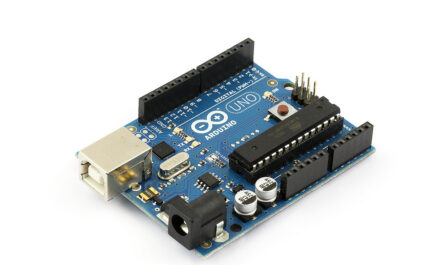What is Z-wave Technology?
An introduction to the wireless communication protocol
Z-wave is a wireless communication protocol developed by Sigma Designs in 2000 that is used primarily for home automation devices. It enables a mesh network of smart devices to communicate with each other without the need for internet connectivity. Z-wave devices use low-energy wireless radio technology and can self-heal to ensure reliable communication throughout the home.
Some key features of Z-wave include:
– Z-wave Products as Reliable long-range communication: Z-wave has a stated maximum range of 100 feet but can transmit signals over hundreds of feet through other connected devices in the mesh network. Walls and floors are no barrier for the low-power radio signals.
– Self-healing mesh network: If one device fails or loses power, the network reroutes communication through other nodes to maintain overall coverage. This redundancy ensures reliability of the system.
– Low power consumption: Devices operate for years on standard button cell batteries due to the low-power transmissions. This reduces maintenance needs.
– Support for over 1,000 manufacturers: The widespread adoption of Z-wave means consumers have a huge choice of compatible products from lighting to security to small appliances.
– Easy installation: Z-wave uses plug-and-play technology with no need for rewiring. Devices communicate directly with a wireless hub or controller.
Popular Z-wave Product Categories Lighting control and switches
Lighting control represents a major segment of the Z-wave product landscape. Z-wave switches, dimmers, and bulbs allow for convenient voice control and scheduling of lights throughout a home. Manufacturers like GE, Jasco, and Zooz offer a variety of switch options that are simple to install and integrate into the smart home ecosystem.
Some notable lighting options include:
– GE Z-Wave Plus Smart Switch: A basic single pole switch that replaces an existing wall switch and allows remote on/off control through the app or hub.
– Jasco Z-Wave Dimmers: Available for both rotary knobs and slide varieties, these dimmers enable adjustment of light levels from 1-100%.
– Zooz Z-Wave Outdoor Switch: Rated for outdoor use, this switch controls exterior lights and features a tamper-resistant design.
Smart plugs and small appliances
Smart plugs are another fast-growing product category that gives conventional appliances smart abilities. These plug into a standard wall outlet and can then be remotely turned on or off. Manufacturers like Aeotec offer a variety of smart plug models optimized for lamps, fans, coffee makers and more. Some have energy monitoring as well.
Security systems and cameras
Many professional-grade security systems integrate Z-wave Products for communication between keypads, door/window sensors, glass break detectors, motion sensors and more. They provide whole-home coverage from a single hub. Popular brands are DSC and Vivint. Wireless security cameras like those by Swann also tap into the Z-wave network for local video storage and alerts.
Thermostats and water leak detectors
For climate control and leak protection, Z-wave compatible devices from Honeywell, Fibaro, and Aeotec monitor temperatures and detect excess water. Thermostats like the Honeywell Z-Wave Plus are easy to program schedules while water sensors discreetly blend into basements for around-the-clock protection against floods.
How to Build a Z-wave Network Selecting a compatible hub or controller
At the center of every Z-wave network is a hub or controller device. This acts as the translator between the wireless devices and smartphone apps. When selecting a hub, some factors to consider include:
– Compatibility – Make sure it is certified to work with the intended devices. Z-wave Plus is an enhanced standard.
– Extensibility – Can additional sensors or modules be added over time as needs change? Look for expandable systems.
– Smart home integration – Check if it supports voice assistants and other platforms like SmartThings, Wink, and Alexa.
Popular hub options include the Samsung SmartThings Hub, Aeotec Z-Stick Gen5, and Hubitat Cylon. These work with all major systems and enable remote access through apps.
Adding nodes to the mesh network
Once the hub is set up, it is a simple process to start adding individual Z-wave devices as “nodes” on the network. Each has a sync button that puts it into inclusion mode so the hub can discover and control it. Most hubs will guide through the pairing process step-by-step in their apps. The larger the network of nodes, the stronger and more robust the mesh becomes.
Testing coverage and reliability
After setting up the initial nodes, it is a good idea to test connectivity by remotely triggering devices from different areas in the home. The Z-wave protocol is designed for reliable whole-home coverage, but relocating nodes can further optimize signal range and redundancy. Over time, the system should adapt to any changes in the environment or node failure.
As one of the pioneering technologies for connected living, Z-wave products continues to power easy-to-use, cost-effective solutions in smart home automation. Its self-healing mesh network and wide compatibility across product categories provides a robust and scalable foundation to bring whole-home control to any property. Consumers benefit from the peace of mind that comes with reliable, seamless smart home integration.
*Note:
1. Source: Coherent Market Insights, Public sources, Desk research
2. We have leveraged AI tools to mine information and compile it



